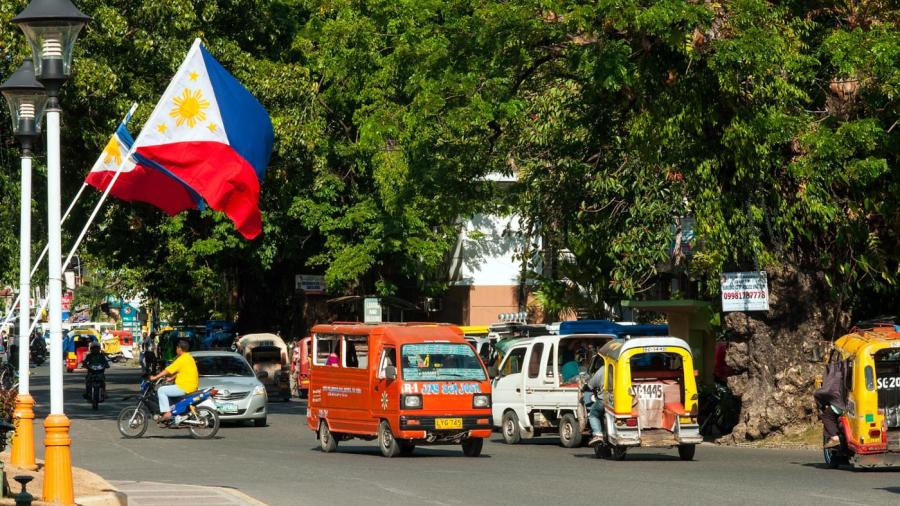What Is the Symbolism Expressed by the Philippine Flag?

The red, white and blue in the Philippine flag, as well as the sun and three stars, all have specific meaning relating to the country’s history and heritage. Established in 1998, the flag features a white triangle, a red stripe and a blue stripe. The white triangle represents brotherhood and equality, as well as the Katipunan, the secret group that resisted Spanish occupation of the islands.
The three yellow stars stand for the primary island groups in the country (the Mindanao, Visayas and Luzon), and the sun stands for freedom, unit and autonomy. The sun has eight rays coming out of it, and each stands for one of the initial eight provinces that initiated the Philippine revolution in 1896 (Manila, Bulacan, Cavite, Nueva Ecija, Laguna, Batangas, Tarlac and Pampanga).
The red stripe stands for courage and patriotism, and the blue stripe stands for justice, peace and truth. When the flag flies horizontally, the blue stripe should be over the red, with the white triangle to the left. When the flag hangs vertically, the blue stripe goes on the left with the white triangle on top. However, the red and blue stripes switch (in both the horizontal and vertical arrangements) when the nation is at war.





